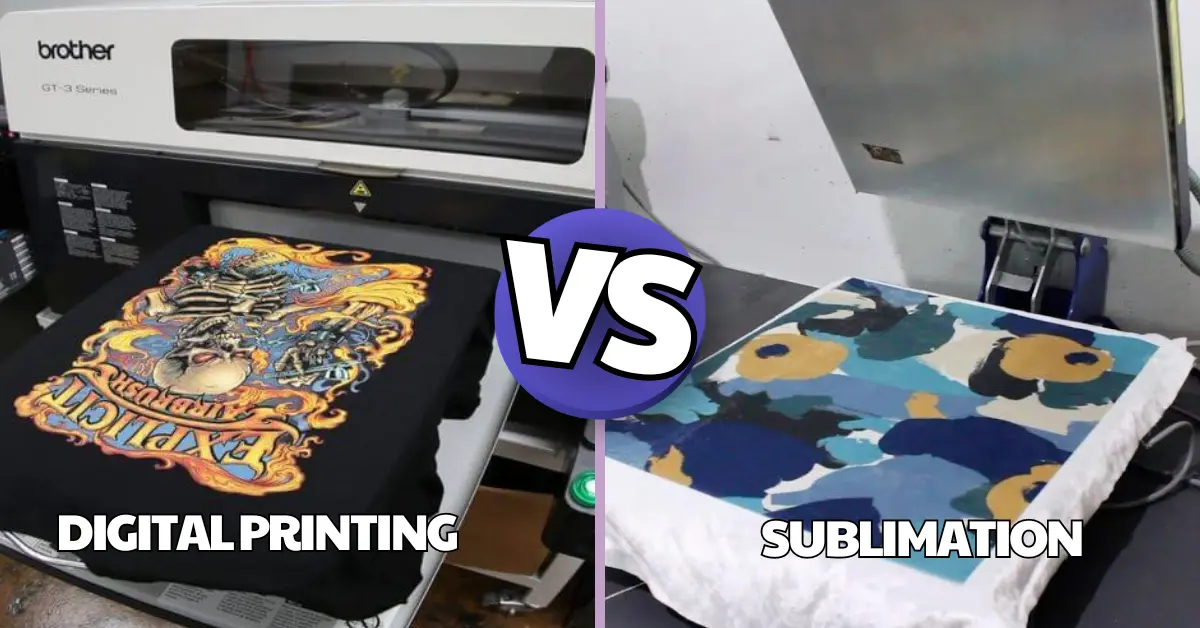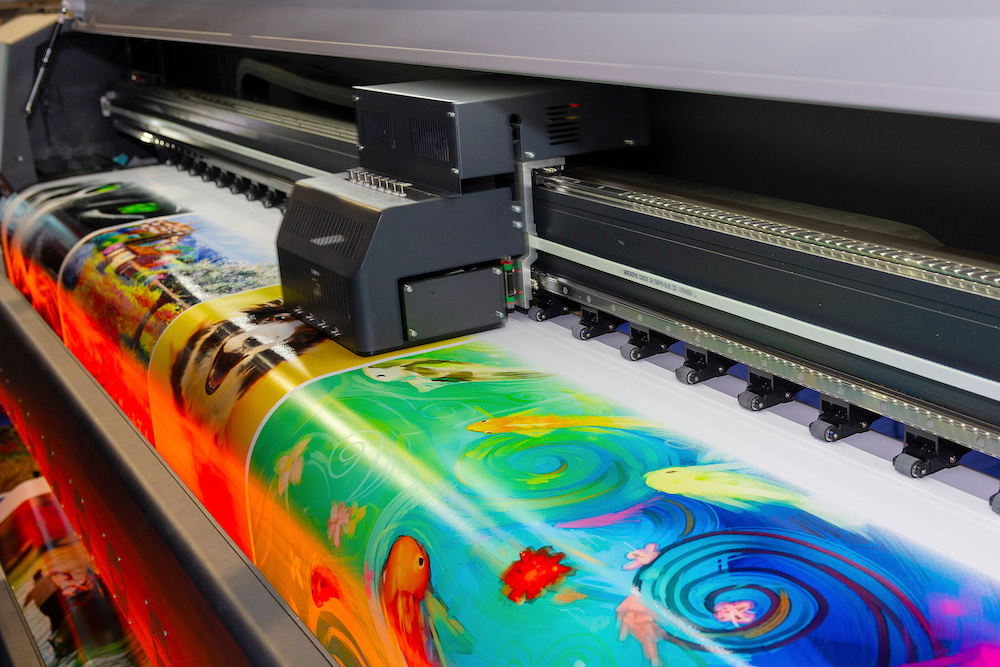Digital Printing Things To Know Before You Buy
Table of ContentsFascination About Digital PrintingThe Main Principles Of Digital Printing Fascination About Digital PrintingThe 3-Minute Rule for Digital PrintingSome Ideas on Digital Printing You Need To KnowSee This Report on Digital PrintingGetting The Digital Printing To WorkSome Known Details About Digital Printing
Customization additionally permits organizations to stand out in a jampacked market by developing special advertising and marketing products that distinguish them from their competitors. Among the major advantages of digital printing is the capability to print variable information. Each printed item can be special, enabling companies to create tailored marketing materials that talk directly to their target market.Digital printing additionally enables for personalization in the design of advertising and marketing materials. With digital printing, services can produce styles that are one-of-a-kind and tailored to their specific requirements. This can include tailored graphics, font styles, and formats that can assist to separate them from their rivals. One more advantage of electronic printing is the capacity to print as needed.
Digital Printing Things To Know Before You Get This
By printing smaller quantities of advertising materials, businesses can minimize waste and prevent the requirement for excess stock. Digital printing is also versatile.
By using various products and layouts, companies can produce special advertising materials that stand apart from their competitors and stand out from their target market. Digital printing also supplies uniformity. With typical printing methods, there is frequently variation in between prints due to distinctions in ink insurance coverage, pressure, and other factors.
This uniformity can assist build consumer depend on and credibility, revealing that business is devoted to offering top quality products. Consistency is particularly vital for services that intend to build client depend on and trustworthiness. By ensuring that every print corresponds, services can reveal that they are committed to offering high-quality products and paying attention to the information.
What Does Digital Printing Mean?

Additionally, digital printing creates much less waste due to the fact that it can print on demand and in smaller sized amounts, minimizing the demand for excess supply and products. Digital printing likewise uses less energy compared to conventional printing methods. Digital printers do not require as much energy to operate, as they do not need to warm up as a lot or make use of as much power to run.
The Buzz on Digital Printing

Offset printing calls for a plate for every shade printed. Conventional balanced out printing is a print method that utilizes aluminum plates to transfer ink onto a rubber sheet (usually referred to as a "blanket"). The photo is after that rolled onto the printing surface. This printing technique is taken into consideration "offset" since the ink is not moved to the paper directly.
The 7-Minute Rule for Digital Printing
Countered printing enables for a wide variety of print materials to be used throughout manufacturing. The high-grade pictures generated with balanced out printing make it the preferred technique, especially amongst graphic designers, when looking for the biggest shade reproduction, information, and professional-looking prints.
For electronic inkjet printing, ink is transferred directly onto the surface. Rather than depending on aluminum plates and rubber blankets to transfer a photo, digital printing utilizes fluid ink during production.
The Definitive Guide to Digital Printing
Much better color integrity describes both the precision of the shades and their equilibrium in the design. Since balanced out printing can blend customized color inks for each task, it will normally obtain the colors spot-on. Works similarly well on nearly any kind website here of product. Trustworthy, premium photo quality. Trust offset printing for tidy, distinctive kinds and pictures without streaks or areas.
It costs a lot to begin a balanced out work. You need to spend money right into creating the plates, which takes some time. When you have actually spent it, all of the materials are all set to go, and you'll spend less on huge offset work than a digital print, which is about the same per item no issue exactly how big the work gets.
Digital printing is less expensive for low-volume work. The price per system goes down for digital printing, so at some factor, they crisscross. Changing info within a solitary print work.
Unknown Facts About Digital Printing
While electronic printing or inkjet printing is the recommended selection in the existing times, there are compelling reasons to convert from offset to electronic printing systems. When publishing balanced out or digitally, essential choices and processes are involved in shade matching.
Industrial inkjet printing uses flexibility for printing on many various substrates. Digital printing is optimal for customers that do not need longer runs and warehousing materials.

One advantage of digital printing is click here for more info selecting from a large array of digital substratums. With digital printing, the cost of the substratum in the total task is minuscule.
The 9-Second Trick For Digital Printing
drop-on-demand is the second printing technology to take into consideration. Continuous inkjet systems call for significant upkeep, even more operator training, and greater downtime. Tools prices in inkjet printing are far lower than countered printing as there are no plate-making, plates, and moved here press costs. Beyond the capital spending, the prepress equipment and printing machine need highly experienced drivers in balanced out printing, which includes labor expenses.